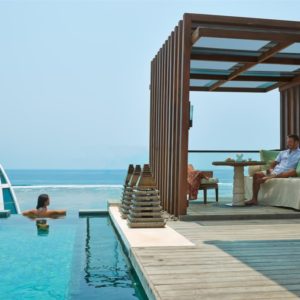Video courtesy of VisitSingapore tourism
Southeast Asia is a sub-region of Asia consisting of the countries south of China, east of India, west of New Guinea and north of Australia.
Mainland Southeast Asia includes: Thailand, Indonesia, Vietnam, Singapore, Malaysia, Philippines, Myanmar(Burma), Laos, Cambodia, Brunei and Timor-Leste.
It is a land of so many cultures, ethnic groups, customs, fauna and flora that it is like 100 separate countries united under one flag. The main islands are Java, Sumatra, Bali, Lombok, Kalimantan (Borneo), Sulawesi (Celebes), Papua, Flores, Timor and Seram.
The capital city of Jakarta lies in the lowlands of West Java –the most populated island in the archipelago. The tropical paradise of Bali is arguably the jewel in Indonesia’s crown. This is home to the only large-scale Hindu society in South East Asia and the island has attracted tourists, artists, and adventurers for generations. The island of Lombok lies close by and its untouched charm often earns the description: “Like Bali 20 years ago”.
Other popular tourism destinations include the island of Komodo, famous for the Komodo Dragon, the largest species of lizard on the planet, and Borobudur, the site of the world’s largest Buddhist monument which is located on a remote hilltop in central Java. Adventure-seekers often head for Kalimantan’s remote jungle interior to visit the world’s foremost orang-utan research and conservation centres, or explore Sumatra, with its teeming wildlife and abundance of tribal groups.
Myanmar is also a melting pot of rich cultural heritage. Once referred to as Amarapura, the “Land of Immortality” –today it is known as the Golden Land,due to its abundance in gilded pagodas an temples. Once you have experienced the rich heritage and natural beauty of this nation you will see why these titles are a true reflection of this enchanting land.
The country covers a land area of 181,035 sq.-km. It is bounded on the west by Thailand; on the north by both Thailand and Laos; on the east by Vietnam; and on the south by the Gulf of Thailand. Administratively, the country is composed of 22 provinces, three municipalities, 165 districts, 1,621 communes, and 14,073 villages. Cambodia’s two dominant topographical features are the Mekong River and Tonle Sap Lake.
Laos offers a mostly mountainous, steep terrain with meandering narrow river valleys where a relaxed lifestyle gives each visitor a sense of timelessness. With an estimated population of nearly 7 million, Laos is one of the most sparsely populated countries in Asia. Natural landmarks include the Annamite Mountains close to the border with Vietnam, as well as the Mekong River, which flows from China and along Laos’ border with Thailand. Part of the Laotian landscape is still forest. The country is teeming with wildlife including elephants, leopards, panthers, gibbons and black bears
Visitors have a wealth of opportunities and fascinating destinations to choose from including endless white sandy beaches, world class golf courses, mountain retreats and modern cities with an abundance of shopping, dining and nightlife choices.
Geographically, Malaysia is as diverse as its vibrant culture. It is divided into 13 states and three federal territories, separated by the South China Sea, with 11 states and two federal territories (Kuala Lumpur and Putrajaya) across Peninsular Malaysia, and two states and one federal territory (Labuan) in East Malaysia. The country provides travelers with a wealth of tourism experiences, including an abundance of Malay, Chinese and Indian influences on Peninsular Malaysia, whereas Borneo offers a complete contrastof wildly differing fauna and flora, including the famed orang-utans, towering granite peaks and lush jungles.
The average temperature per year is 80° F. Ninety five degrees Fahrenheit, however, is the high temperature for tropical rainforests. The climate is very humid and sticky because Southeast Asia is surrounded by oceans. The average humidity is from 70 to 90%.
Showing 1–12 of 16 results
-

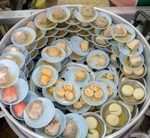

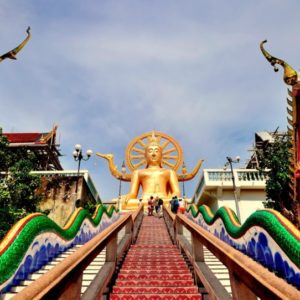 Asia & India, Hot Destinations, South East Asia
Asia & India, Hot Destinations, South East AsiaAmazing Thailand – Buddah Temples, Elephants & Beaches
Read more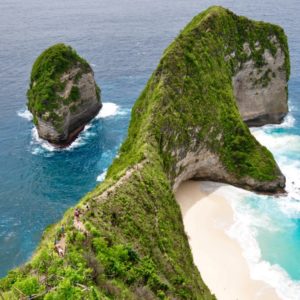
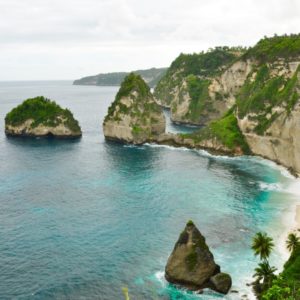
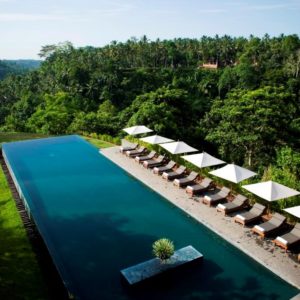
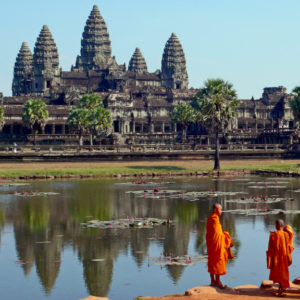
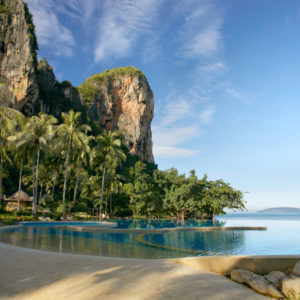 Asia & India, China, India, Japan, South East Asia
Asia & India, China, India, Japan, South East AsiaHistoric & Iconic Hotels, Luxury Island Retreats, Exotic Beachfront Villas & Design Boutique Hotels
Read more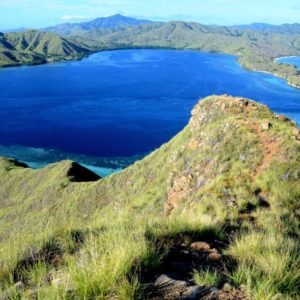
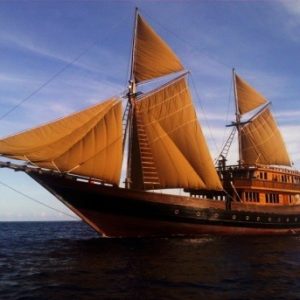
Need Assistance?
800-227-5317 | sales@pacific-destinations.com
Tell us where and when you want to go and we’ll give your request our immediate attention! No high pressure sales, just straight talk and sound advice!

